Dancing has a history of being banned, often due to religious reasons or because some people think it's improper. Belly dancing, in particular, has faced these bans. This is because some see it as a bit suggestive, and it's typically done by women.Belly dancing has a really ancient and interesting past. It's one of the oldest dances from the Middle East and was first done as a way to celebrate in social and cultural gatherings. Back then, the religion emphasized the importance of female deities. Belly dancing was a way to honor the strength of motherhood and its role in bringing life into the world.
-
Advertisement
1 The Ancient Origins of Belly Dancing

Belly dancing, also called Raqs Sharqi, started a very long time ago, over two thousand years in the past. It began in places like the Middle East and North Africa. At first, it was a special dance to honor being a woman and the power to have babies. People did it together in their communities. As time went on, it changed and was shared with different cultures, turning into the amazing dance we see today.
-

The Golden Era of Belly Dancing refers to a special time in the history of this captivating dance form. It sparkled from the 1920s to the 1950s, particularly in Egypt. During this period, belly dancing experienced a renaissance, with artists and performers gaining recognition on a global scale. It became a symbol of cultural expression, drawing influences from various regions and evolving into the mesmerizing dance style we know today. This era marked a significant milestone in the journey of belly dancing, leaving a lasting legacy in the world of dance and entertainment.
-
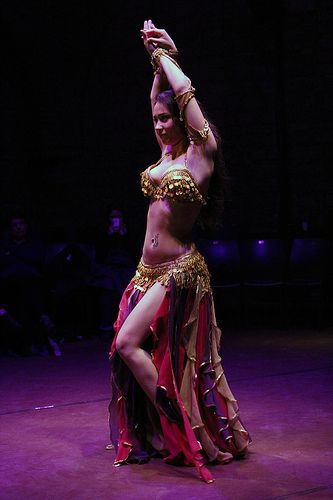
Belly dancing encompasses a wide range of styles and variations, each with its own unique movements, techniques, and cultural influences. Here are some of the most recognized types of belly dancing
-
Advertisement
4 Egyptian Raqs Sharqi
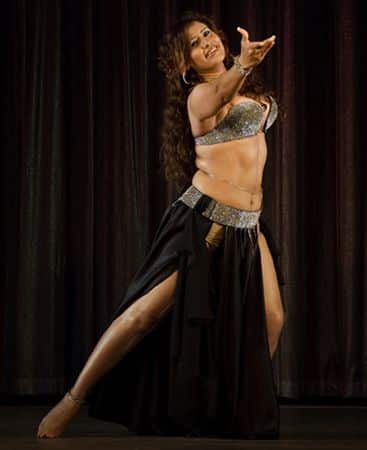
Often considered the classical form of belly dance, Raqs Sharqi originated in Egypt. It emphasizes fluid movements, isolations, and graceful arm patterns.
-

This style places a strong emphasis on lively, energetic movements, intricate hip articulations, and a dynamic use of space.
-
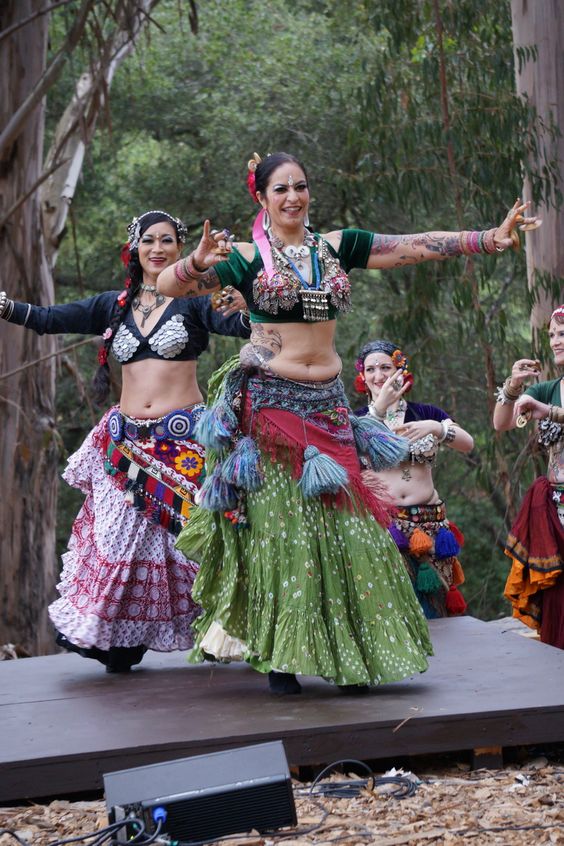
ATS is a fusion style developed in the United States. It combines elements of traditional belly dance with influences from various global dance forms. Dancers often perform in groups and use a shared vocabulary of moves.
-
Advertisement
7 Fusion Belly Dance
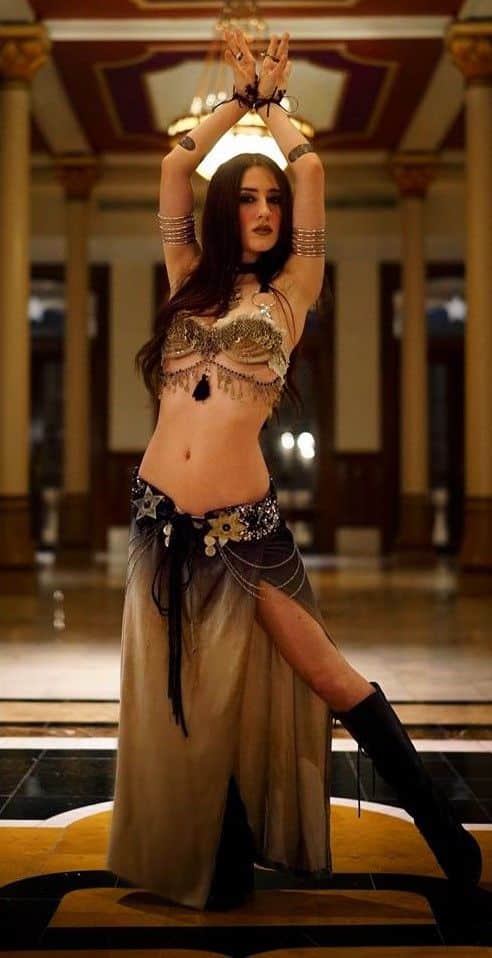
This is a broad category that incorporates elements from other dance forms (such as hip-hop, flamenco, ballet, etc.) into belly dance. It allows for creative expression and innovation.
-
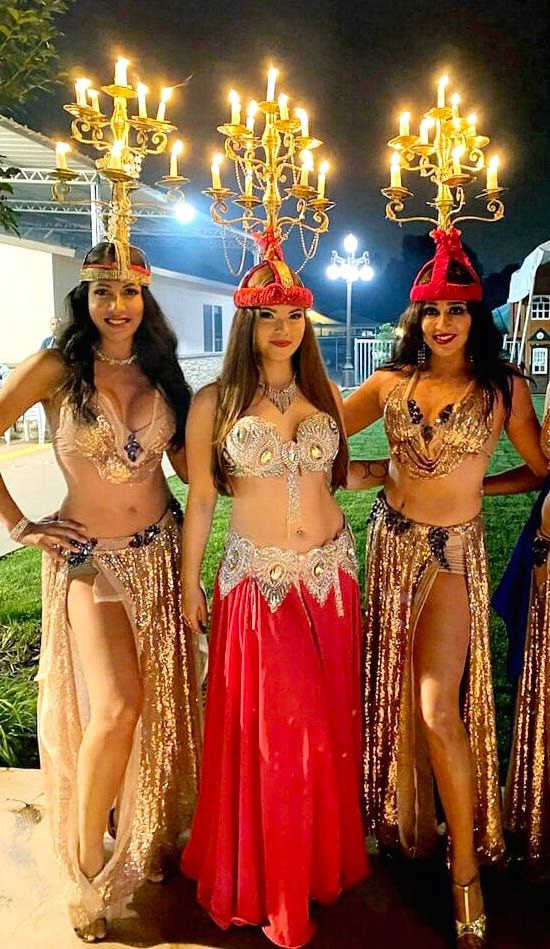
Inspired by the nomadic Romani people, this style features lively, earthy movements often accompanied by tambourines or finger cymbals.
-

Originating in Lebanon, this style tends to have a faster tempo and includes dynamic footwork and spins.
-
Advertisement
10 Persian/Iranian Dance

Persian dance encompasses a wide range of styles, from courtly dances to regional folk dances. Movements are often characterized by graceful arm and hand gestures.
-

While not strictly belly dance, Bollywood incorporates elements of it in many routines. It's a highly energetic and expressive dance form popularized by the Indian film industry.
-

In many modern-day religions, however, the celebration of the female body in this way is seen as immoral and it is because of this that it has become banned in so many places. It was made illegal in Egypt in the 1950s, for example, although this has partially been repealed and belly dancers can now perform there as long as they don’t show their stomachs.
As of my last knowledge update in September 2021, belly dance has not been banned in any widespread or systematic manner. However, it's possible that there may be specific instances or regions where local authorities or communities have imposed restrictions on belly dancing due to cultural, religious, or social reasons.
Historically, belly dance has faced occasional controversy and misconceptions, largely due to cultural misunderstandings and stereotypes. Some communities may associate it with immodesty or view it as inappropriate. In such cases, local authorities or cultural leaders may impose restrictions.
It's important to note that attitudes towards belly dance can vary widely depending on the cultural context and individual perspectives. If you're inquiring about a specific incident or locality, I would need more recent and specific information beyond my last update in September 2021. -
Advertisement
13 Conclusion

Belly dancing, a dance form with roots deep in antiquity, has weathered centuries of controversy. Its resilience and adaptability have allowed it to thrive, captivating audiences around the world. It is a testament to the enduring power of art and the human spirit.






